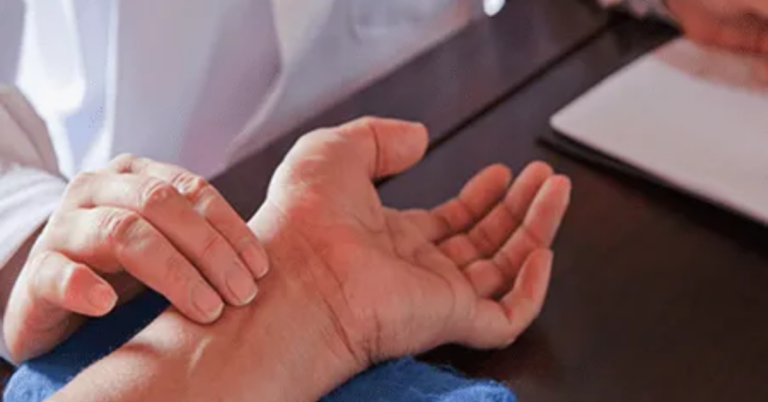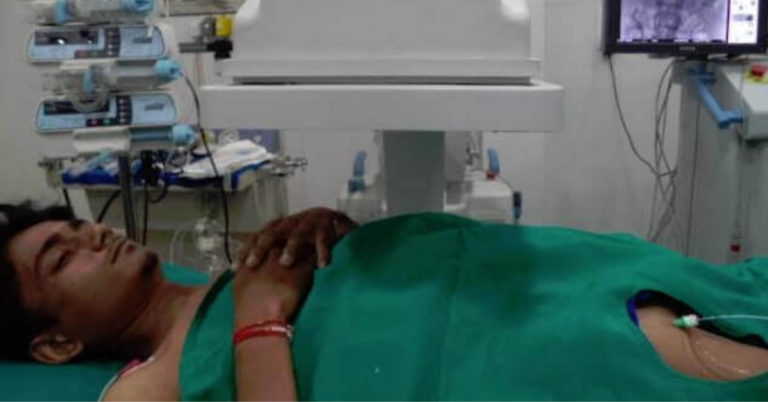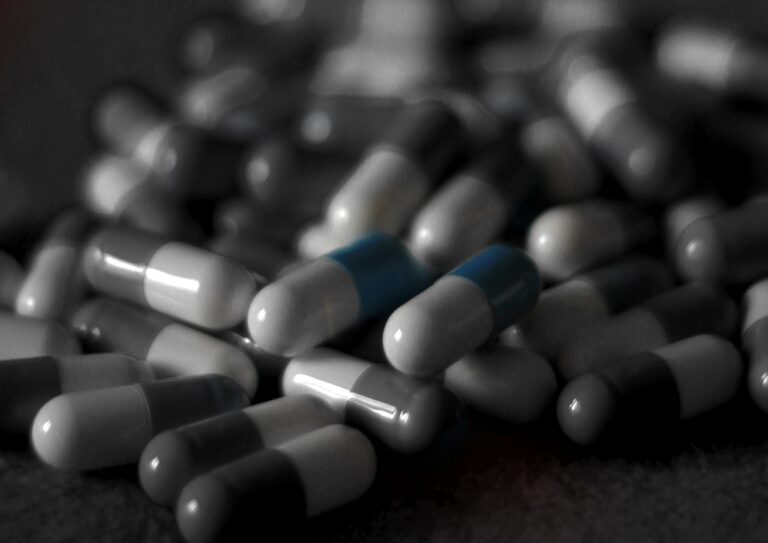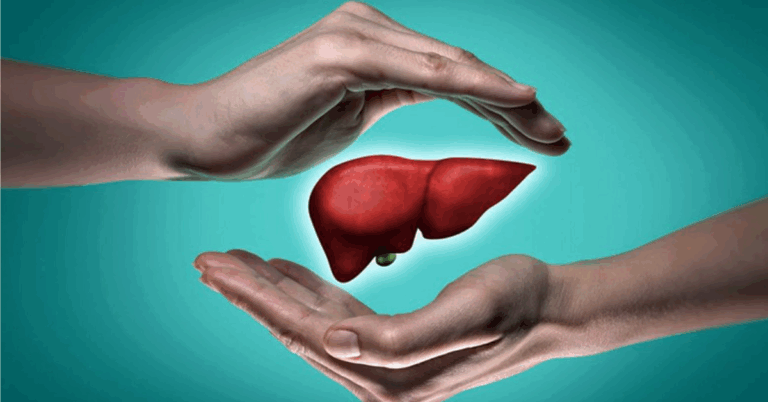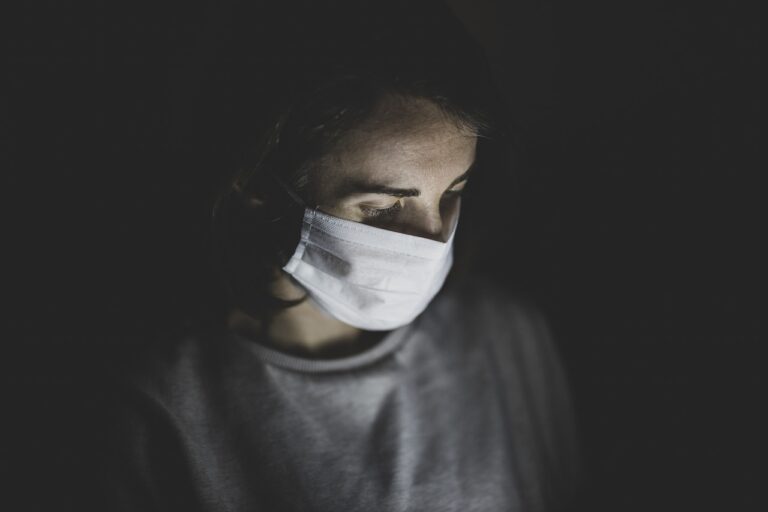TCM Cupping in Singapore: A Comprehensive Guide
Traditional Chinese Medicine (TCM) is a holistic healing system that has been practiced for thousands of years. It encompasses various treatments such as acupuncture, herbal remedies, tui na massage, and cupping therapy. Among these, cupping therapy is one of the most well-known and widely practiced treatments. In recent years, TCM Cupping Singapore has gained significant popularity in Singapore, with many seeking its benefits for various health issues. This article will delve into what TCM cupping is, how it works, its benefits, and frequently asked questions (FAQ).
What is TCM Cupping Therapy?
Cupping therapy is a therapeutic practice in Traditional Chinese Medicine where cups are placed on the skin to create suction. The suction is thought to increase blood flow, release toxins, and promote healing. In TCM, it is believed that the body has an energy flow, called Qi (pronounced “chee”), which can become blocked or imbalanced. Cupping is used to stimulate and promote the smooth flow of Qi, restoring balance to the body.
There are different types of cupping methods, including:
Dry Cupping: This involves creating a vacuum inside the cup and placing it on the skin. The suction draws the skin and underlying tissues into the cup.
Wet Cupping: This involves making small incisions on the skin before applying the cup. The suction draws blood into the cup, and it is believed to remove toxins.
Fire Cupping: In this method, a flame is used to create a vacuum inside the cup before placing it on the skin. This is considered one of the more traditional and dramatic methods of cupping.
While cupping therapy might look intimidating to some, it is a relatively painless procedure. After the treatment, individuals may experience marks or bruising on their skin, but these are temporary and fade within a few days.
How Does TCM Cupping Work?
The primary mechanism behind TCM cupping therapy is the suction created inside the cups. Here’s how it works:
Suction and Blood Flow: When the cups are placed on the skin, the suction helps to draw blood to the surface, promoting improved circulation. This helps to nourish the tissues, relieve muscle tension, and speed up the healing process.
Detoxification: The suction also encourages the release of toxins trapped in the body. The increased blood flow helps to flush out waste products, such as metabolic by-products, which can contribute to inflammation and pain.
Qi Flow: In TCM, it’s believed that the body’s Qi energy can become stagnant due to injury, illness, or stress. Cupping is thought to help clear any blockages in the Qi, restoring balance and promoting overall well-being.
Pain Relief: Cupping therapy is often used to treat muscle and joint pain. The suction creates a stretching effect on the tissue, which can help alleviate pain by relaxing tight muscles and stimulating the production of endorphins.
Benefits of TCM Cupping Therapy
TCM cupping therapy is believed to provide a variety of benefits, both for physical and mental health. Some of the most common benefits include:
Pain Relief: One of the most popular uses of cupping is for relieving pain, particularly in the back, neck, and shoulders. Many individuals who suffer from chronic pain, such as those with fibromyalgia or muscle strain, find relief after a session of cupping.
Improved Circulation: By increasing blood flow to specific areas of the body, cupping helps to nourish tissues, remove toxins, and promote healing. This can be especially beneficial for people recovering from injuries or surgery.
Stress Reduction: Cupping therapy can also help reduce stress and anxiety. The relaxing effects of cupping can calm the nervous system, leading to an overall feeling of relaxation and well-being.
Detoxification: Cupping is believed to support the body’s natural detoxification process by stimulating lymphatic drainage and increasing the flow of blood and oxygen throughout the body. This can help eliminate toxins and waste products from the system.
Improved Skin Health: Cupping is sometimes used to treat skin conditions like acne, eczema, and cellulite. By improving circulation, it can promote healthier, more vibrant skin.
Respiratory Benefits: Cupping can be particularly helpful for individuals who suffer from respiratory issues like asthma, bronchitis, or coughs. The therapy is thought to help clear mucus from the lungs and improve lung function.
Muscle Relaxation: Many athletes use cupping therapy to relax tight muscles and improve flexibility. It can also help with muscle recovery by reducing muscle soreness and inflammation.
What Conditions Can TCM Cupping Help With?
TCM cupping is a versatile treatment that can be used to manage a wide range of conditions. Some of the most common conditions that cupping therapy is used for include:
Chronic Pain: Especially back pain, neck pain, and shoulder pain.
Muscle Tension: Cupping helps to relieve tight muscles and stiffness.
Headaches and Migraines: Cupping can provide relief by improving circulation to the head and neck area.
Respiratory Conditions: Asthma, bronchitis, and chronic coughs.
Digestive Issues: Cupping can help with bloating, constipation, and indigestion.
Stress and Anxiety: The relaxing effects of cupping can help calm the nervous system.
Skin Conditions: Acne, eczema, and cellulite.
Fatigue: Cupping can help boost energy levels by improving circulation and detoxifying the body.
What to Expect During a Cupping Session
A typical cupping session begins with an initial consultation with a qualified TCM practitioner. The practitioner will ask about your health history, current symptoms, and any specific areas of pain or discomfort. They will then determine which cupping technique is most appropriate for your condition.
Once you’re ready for the treatment, the practitioner will place the cups on your skin. The number of cups and the duration of the treatment will vary depending on your condition and the type of cupping being used. The suction is usually felt as a gentle pulling sensation. The cups may stay in place for around 5 to 15 minutes, and the practitioner may move the cups around to target different areas.
After the treatment, you may experience some redness or bruising in the areas where the cups were applied. These marks are temporary and usually fade within a few days.
How Often Should You Get TCM Cupping?
The frequency of cupping sessions depends on your specific condition and overall health. Some individuals may benefit from weekly treatments, while others may need cupping only once every few weeks. Your TCM practitioner will provide recommendations based on your health goals and response to treatment.
FAQ about TCM Cupping Therapy
1. Is cupping therapy painful? Cupping therapy is generally not painful. You may feel a slight pulling sensation as the cups are applied, but it should not be uncomfortable. Some individuals may experience mild soreness or bruising afterward, but this is temporary.
2. Are the marks left by cupping permanent? No, the marks left by cupping are not permanent. They usually fade within a few days to a week. The marks are caused by the suction drawing blood to the surface of the skin, but they are not harmful.
3. Can cupping therapy be used for weight loss? Cupping therapy may support weight loss efforts by improving circulation and promoting detoxification. However, it is not a substitute for a healthy diet and regular exercise. It can be used as a complementary treatment alongside other weight loss strategies.
4. Can cupping help with respiratory issues like asthma? Yes, cupping therapy can help clear mucus from the lungs and improve breathing. Many individuals with asthma or chronic bronchitis find cupping helpful for managing their symptoms.
5. Are there any side effects of cupping? The most common side effect of cupping is temporary bruising or redness in the areas where the cups were applied. This is not harmful and typically fades within a few days. If you experience any severe discomfort or unusual symptoms, consult your practitioner.
6. Is cupping therapy safe? Cupping therapy is generally safe when performed by a trained TCM practitioner. It is important to seek treatment from a qualified professional to ensure that the therapy is done correctly and safely.
Conclusion
TCM cupping therapy is a time-honored healing practice that offers a wide range of health benefits. Whether you’re seeking pain relief, improved circulation, stress reduction, or support for respiratory conditions, cupping can be a valuable tool in your wellness journey. By understanding how cupping works and what to expect, you can make an informed decision about whether this treatment is right for you. Always consult with a qualified TCM practitioner to ensure the best possible outcomes.


